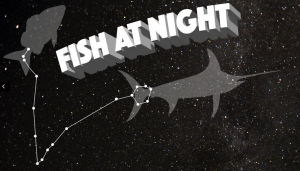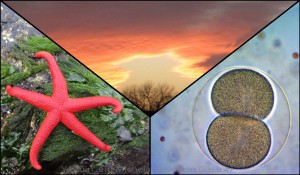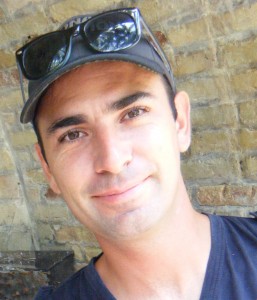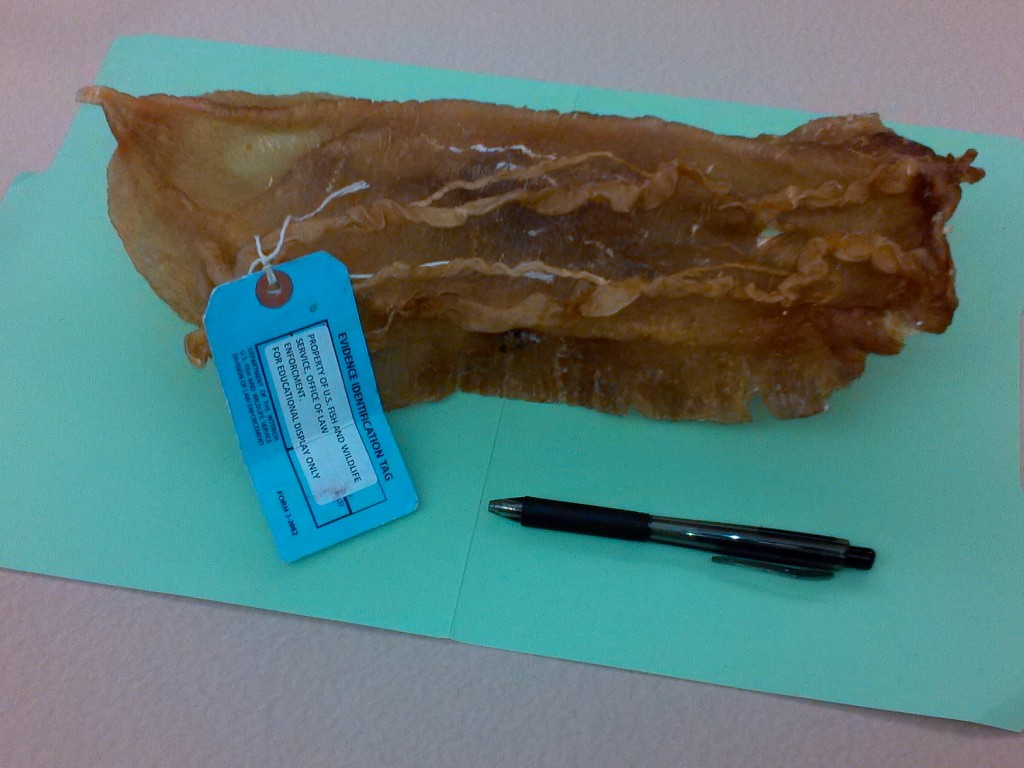 Rachel Pendergrass is a writer, performer and science communicator in Atlanta, Georgia. She is the assistant director of the Dragon Con Science Track, a program contributor for the Atlanta Science Festival, and producer/host of a monthly science variety show called Solve for X. When she’s not sciencing, you can find her performing as a storyteller, making nerdy sketch comedy videos with Dragon Con TV, enthusiastically ranting about sharks, or working on her sommelier skills by drinking fancy wine. Find her on Twitter at @sharkespearean.
Rachel Pendergrass is a writer, performer and science communicator in Atlanta, Georgia. She is the assistant director of the Dragon Con Science Track, a program contributor for the Atlanta Science Festival, and producer/host of a monthly science variety show called Solve for X. When she’s not sciencing, you can find her performing as a storyteller, making nerdy sketch comedy videos with Dragon Con TV, enthusiastically ranting about sharks, or working on her sommelier skills by drinking fancy wine. Find her on Twitter at @sharkespearean.
Shark Week started on Sunday. This week long celebration of all things elasmobranch (Okay, let’s be honest, mostly Great White sharks and very little else) has inspired artists, comedy shows, and even possibly Super Bowl halftime shows!
httpv://www.youtube.com/watch?v=WmcWZ2Bzoho
Shark Week has also inspired more than a few musicians to show their love for fintastic festivities through song. Even Billy Idol got in on the Shark Week song action!
httpv://youtu.be/mhzXk3e9d7g
Here are the top 12 picks for your Shark Week playlist.
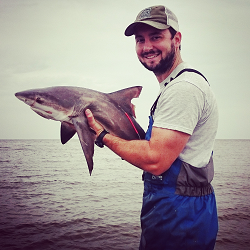
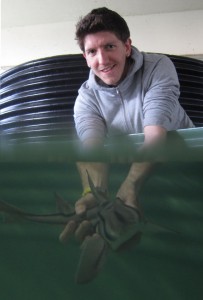
 Stacy Aguilera is an Abess Fellow at the University of Miami. Her dissertation research focuses on why certain small-scale fisheries in California are relatively successful, from a social and ecological perspective. Follow her on
Stacy Aguilera is an Abess Fellow at the University of Miami. Her dissertation research focuses on why certain small-scale fisheries in California are relatively successful, from a social and ecological perspective. Follow her on 
